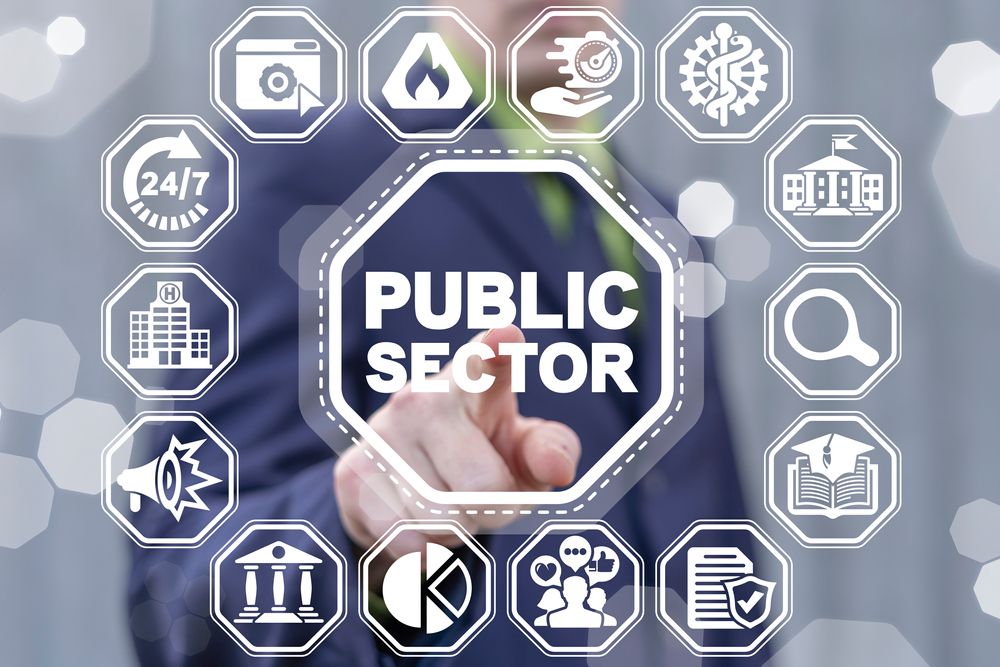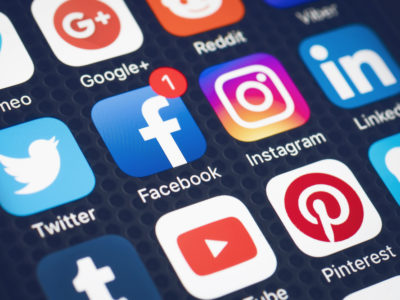Social media is increasingly becoming a necessity in everyday life. Almost every industry and sector use this interactive channel to communicate with customers, clients, and employees. Even the government is using social media for various reasons.
Some key uses of social media in government include crisis communication and management, information drive, and public education campaign, among others. Indeed, the platform is a powerful tool for communicating with citizens. However, knowing how to use it is key to effectively engaging with the public.
This article will discuss some tips for effectively using social media in government applications.
Social Media Use in Philippine Government: A Quick Overview
Social media plays a major role in public communication in the Philippines. According to a study, almost all Philippine government agencies have included social media use in their communication plans.
In support of this move, the Department of Information and Communications Technology has issued a draft policy that lays down the rules for “productive, responsible, and safe” social media use by civil service officers and employees.
Even with relatively slow Internet speed, the country uses social media on a massive scale, with over 76 million Filipino Internet users as of January 2022. Philippine government line agencies continue to maximize this opportunity by strategically integrating social media into their respective communication campaigns.
5 Tips to Effectively Use Social Media in Government
It’s quite a responsibility to manage public social media accounts, particularly if you’re in government service. You might ask, “In what way does the government utilize social media platforms?”
In this section, you will be guided on how to use social media properly. In particular, you’ll learn some essential social media tips in the context of governance.
1. Know which channels the citizens use
Your content will not reach your target population if you put it on the wrong platforms. As such, be sure to first research which social media channels the public use before putting out your content.
In the Philippines, Internet users of all ages heavily utilize Facebook. In July-September 2021 alone, 96.2% of the over 83 million Filipino users browsed Facebook.
YouTube is likewise popular among Filipinos, with more than 56 million users as of the first quarter of 2022. Pinoys are also big on TikTok, with around 36 million subscribing to the channel as of early 2022.
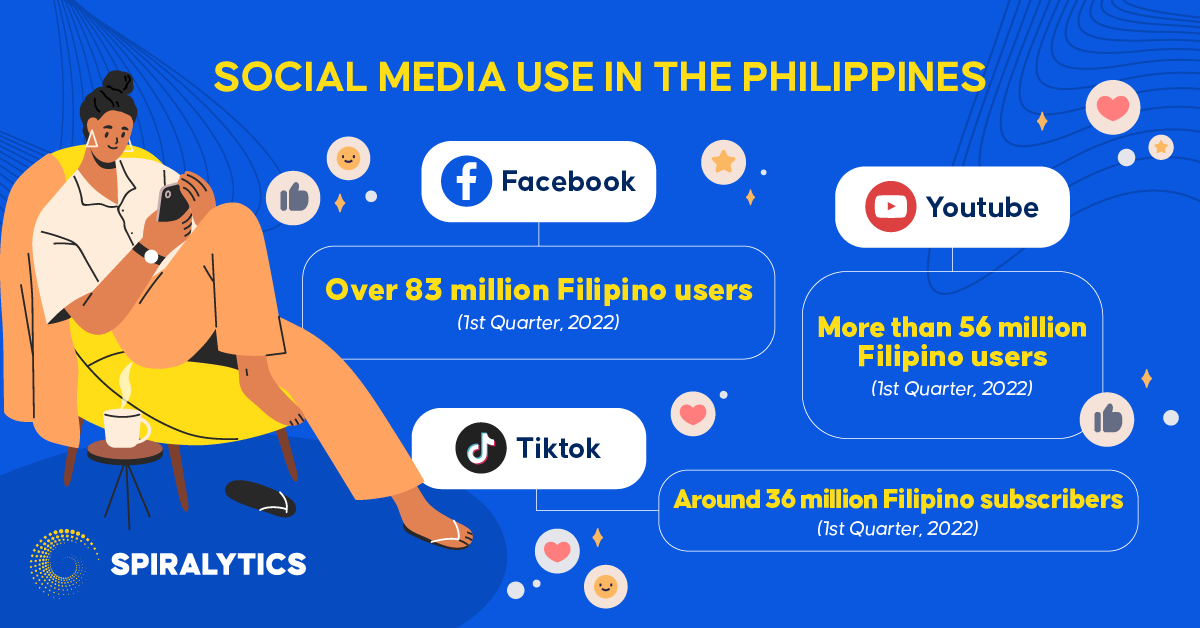
Using more than one channel will help get your message across more quickly. Also, note that some information might be well-suited for Facebook while others might be more appropriate on YouTube or TikTok. Knowing which type of content to publish on a certain platform will help your content get to the right people.
2. Promptly respond to people’s queries and concerns
Public service entails being responsive to the citizens’ concerns and queries, whether in person or online. According to a recent study, responsiveness is crucial in improving engagement and interaction between two parties. This is also a hallmark of good governance.
Answering questions from the public will make them feel they are heard. It also helps create connections with them. For instance, a temporary response of “I don’t know the answer to your question, but I will find out and let you know” is more welcoming than leaving a citizen’s question ignored or unanswered.
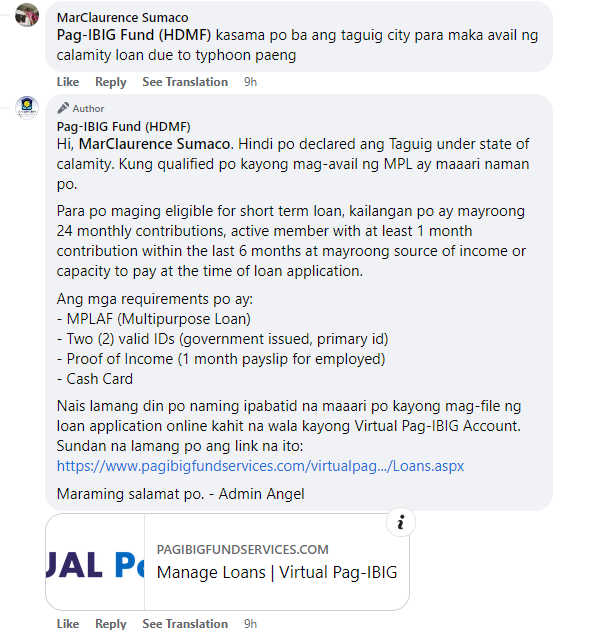
3. Provide updates regularly
One of the primary functions of social media in government involves information dissemination. Here, it’s important to provide timely updates to the public, especially during a crisis.
The Department of Education, for instance, posts class suspension notices on Facebook and Twitter during typhoons and other natural disasters to advise students and parents of their safety.
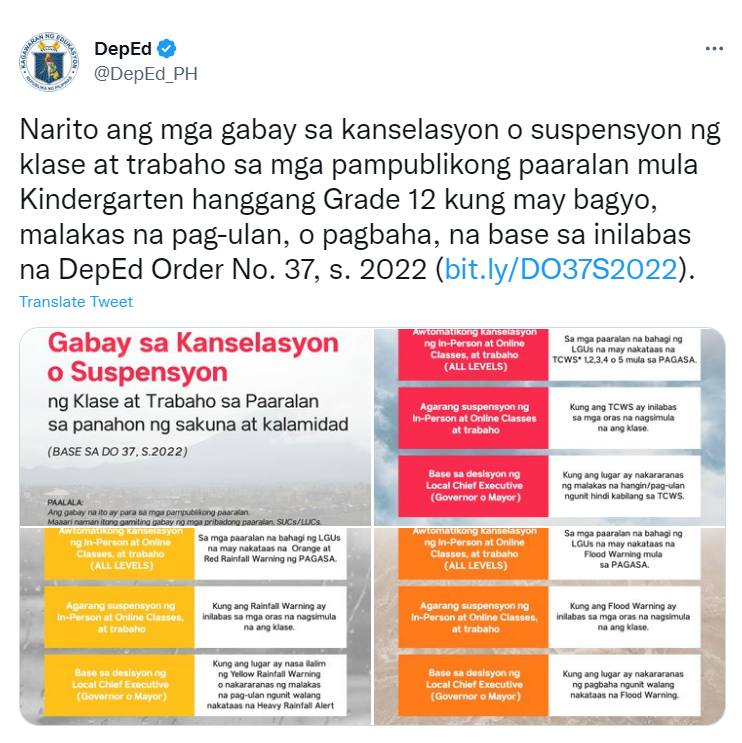
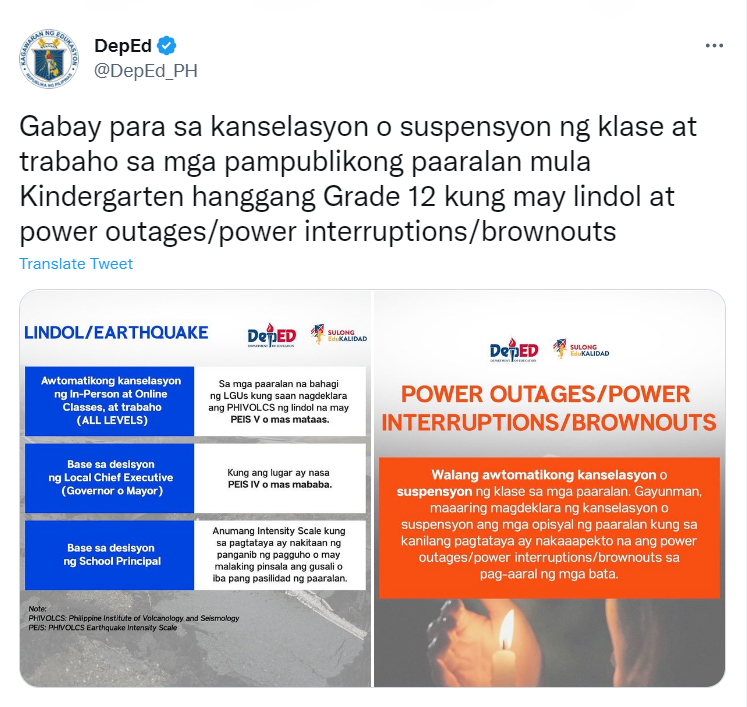
Likewise, the Home Development Mutual Fund’s Facebook page has been tagged as highly responsive as questions are given immediate answers with relevant web links to the full information needed.
Based on a case study of the organization’s social media content strategy, the answers to questions posted online are written in Filipino and penned in a casual but respectful tone. The study notes that such specificity of engagement facilitates social media’s function as a transaction window, helping reduce transaction costs for both the citizens and the government.
Also Read: Social Media Plan: Build and Grow
4. Publish relevant and engaging content for the public
Publishing relevant content, valuable information, and engaging stories will help facilitate citizen engagement. The key is relevancy, as people tend to get bored of predictable, repetitive content.
Sometimes, it doesn’t have to be strictly about governance or public service. It can be as trivial as the latest community basketball game or an upcoming festivity or concert in the locality. As long as the subject matter is related to public information in one way or another, you can be sure people will find your social media content interesting.
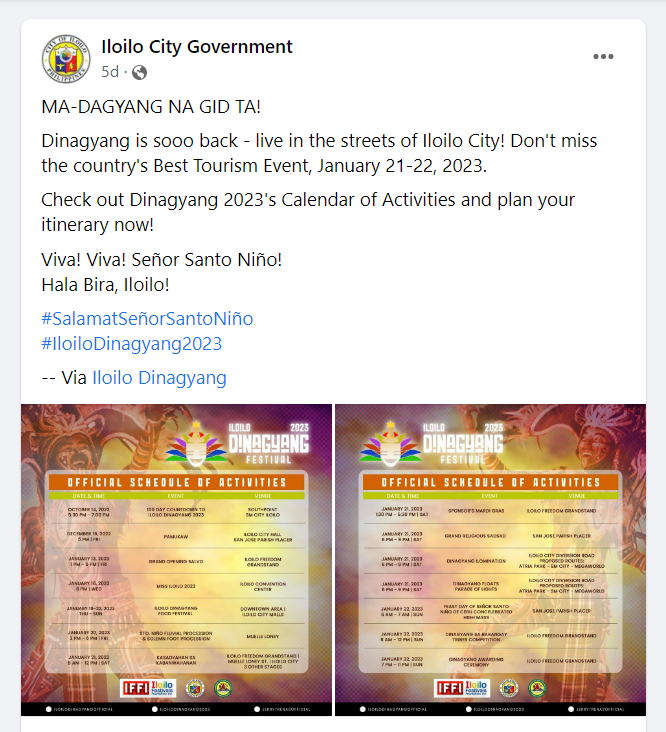
5. Comply with the Data Privacy Act
The Data Privacy Act protects personal and other sensitive information from being used for any purpose without the owner’s consent. Everyone, public officer or private citizen, is expected to comply with such law.
In managing a government social media account, it’s important to take into account existing regulations on data privacy. Private information is often required in social media applications and other online systems. If no safeguard is in place to protect the data, anyone can steal them and use them for illegal purposes.
Be sure to keep abreast of the latest issuances on data use and processing to ensure the public is safe from a potential data breach.
Engaging with Citizens through Effective Social Media Use
Social media enables the government to share relevant information and engage with the people. However, knowing how to use this platform is critical in effectively communicating with citizens online.
Keep in mind that an information campaign wouldn’t be that effective if only a segment of the public use the platform. You’d want to use those channels with the most users to engage with citizens effectively, especially during a crisis.
If you need help optimizing your website or creating engaging social media content, Spiralytics can guide you with our pool of experts. Contact us today to learn more about our social media services!



